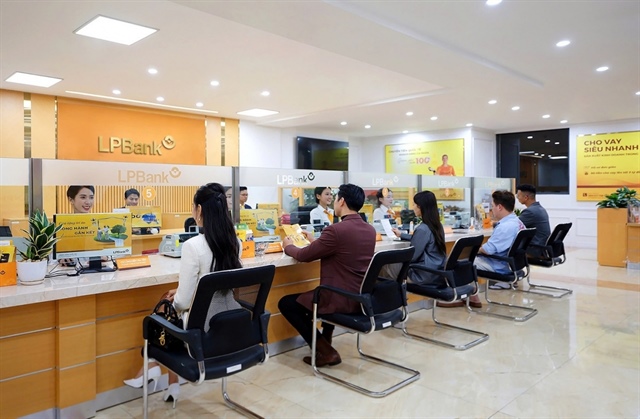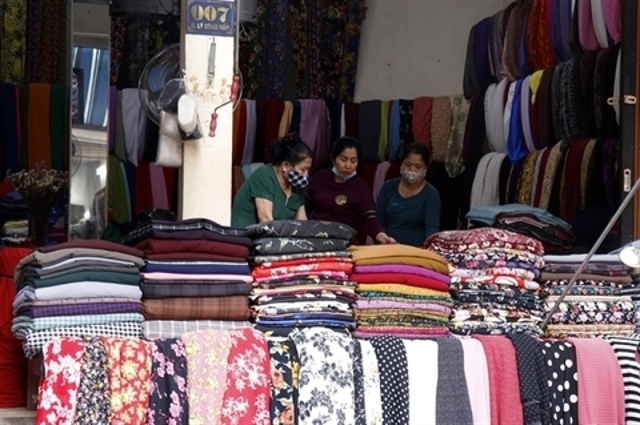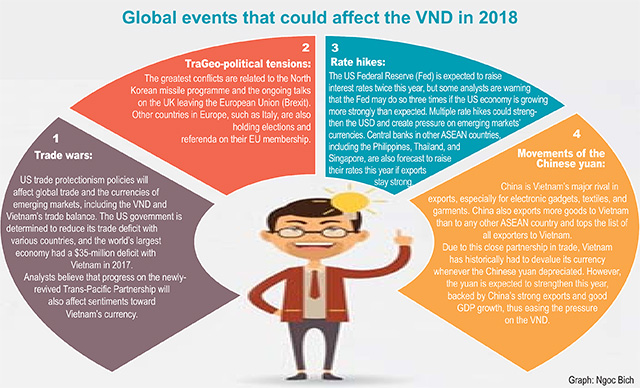Tapping into the potential of bancasurance in Vietnam
Tapping into the potential of bancasurance in Vietnam
While remaining quite a nascent market in Vietnam, the contribution of the bancasurance channel to the total revenue of the Vietnamese insurance market has significantly increased in the past four years. Compared to other markets in Southeast Asia, there is a huge potential for both players—banks and insurers—in Vietnam to tap into the bancassurance development trend.
Talking about the potential distribution channel, Jude Gomes, chief partnership distribution officer of Manulife Vietnam, said bancassurance will become one of the main distribution channels, responding to the trend of channel diversification, emerging omni-channel and the “Customer First” strategy in Vietnam, aiming to bring the utmost convenience for customers as well as positively contribute to the business results of banks and insurers.
How do you see the current partnerships between banks and insurers in Vietnam?
In recent years, banks in Vietnam have started to view insurance as more than a product on their shelves and recognised bancassurance as a means to complement their Net Fee Income. Life insurance solutions help to broad-base bank’s product portfolio and enhance customer retention. With growing financial literacy, the appetite for partnerships has increased and the industry has witnessed several bancassurance deals, especially on exclusive platforms which come with more defined compensation and financial rewards.
Such exclusive long-term partnership will surely be a win-win for the banks, the insurers, and most importantly, the customers. While insurers can gain access to a more loyal customer base using the bank’s distribution network and gain market share in a fiercely competitive market, the bank stands to enhance its revenue and customers can have access to fair-priced, customised financial solutions across their trusted bank partners.
The Vietnamese bancassurance market has witnessed a great transition. We see significant improvements in the way both banks and insurers collaborate, from addressing challenges of infrastructure, customised propositions, building capabilities, up-skilling bank workforce to moving forward together in the long-term.
This in turn helps to provide customised and differentiated solutions for customers across the bank's segments, which is a clear win for bank clients. It must be acknowledged that in the past two years, bancasurance in Vietnam has recorded good growth, becoming the second most important distribution channel in the insurance market after the traditional agency force.
As the bank landscape is getting diminished with regulator-driven bank consolidation, in the future, we do not foresee similar levels of activities for exclusive partnerships. Existing partnerships may be revisited, if under-performing, and over a period of time, the market will witness consolidation as the industry continues to develop.
Could you elaborate on the potential of this channel?
Bancassurance is among the most critical channels for the distribution of life insurance products in mature as well as developing markets, and Vietnam will not be an exception. In Vietnam, although relatively new, bank distribution has certainly been shaping up in a very big way over the recent past and thus has a huge potential.
Across key Asian countries such as Thailand, Indonesia, Singapore, and Hong Kong, the contribution from bancassurance ranges from 30-50 per cent of the overall production. In Vietnam, the contribution from bancasurance sales jumped from 1 per cent in 2013 to over 10 per cent in 2017 (estimate).
With favourable macro-economic factors, market maturity, and regulatory support, over the next few years, contribution from this channel will mirror that of the neighbouring countries and is estimated to be in the range of 40 per cent of the total industry. This highlights the magnitude of the potential future growth in bancassurance. The channel will surely continue to develop and become a favourable distribution channel, adding value to banks, insurers, and most importantly, customers.
What is the customer contract retention rate in this channel?
The persistency rate in bancassurance is considered to be superior to other distribution channels. The profile of bank customers is usually superior to that of the open market, being more financially literate, thus triggering better continuity of policies.
Most importantly, renewal premium payments are facilitated through automatic debits from customer bank accounts, resulting in higher persistency. Apart from this, more interactions with bank customers help to remind about premium payments, resulting in efficient service and regular payment schedule.
There may be risks in a 15-year partnership. What solutions has Manulife prepared for arising issues?
Manulife believes in entering into partnerships where the sides share a vision, the management is strongly engaged, and long-term commitments are made. Exclusive partnerships are similar to marriages, there may be challenges, but the aim is always to be transparent and put the best foot forward to resolve issues. Both organisations need to think win-win, and make efforts to integrate beyond distribution opportunities to strengthen the bonding.
At Manulife Vietnam, we have a very thorough due diligence and evaluation process about partner selection to ensure that both us and our bank partners are in sync with our co-operation strategies and detailed execution, ensuring long-term sustainability.
Past experience shows that the instability of Vietnamese commercial banks is a concern. Does this impact Manulife’s long-term bancassurance co-operation?
The Vietnamese banking industry is nascent, but among the fastest growing ones in the region. Thus, the banking industry faces challenges as well. The regulator, however, has been extremely pro-active in drawing up a road-map for the banking industry to make it efficient and competitive. It is also stipulated that over time the banking industry will witness consolidation and become more efficient.
With the high interest regime prevailing until a couple of years ago, bancassurance was more a product on the shelf. However, with diminishing NII, banks are forced to look at opportunities to enhance fee incomes. With such changes, we anticipate there will be larger and stronger banks, driving the retail banking industry and consequently providing a more complete product suite which includes the distribution of insurance products.
More importantly, bancassurance is not simply a short-term product, but rather a long-term development trend for a mature banking market. As a result, despite possible changes in the banking structure and landscape, the development of bancassurance will play an important part in the banks’ strategy, as it continues to support their growth trajectory.
What role does the quality of consulting play in improving contract retention?
Need-based sales and proper financial advice plays a crucial part in offering the best solutions and thereafter improving the persistency rate. At Manulife Vietnam, we are proud to have the most professional and qualified sales team, acting as ambassadors when connecting with customers and satisfying their needs by offering solutions rather than products.
Our financial advisors are trained and equipped with not only product understanding, but also know-how about other financial products that help them meet customer needs and provide customised solutions. This professional advice ensures the continuity of products, recording high persistency.
With such stringent criteria and procedures, will it not be difficult for Manulife to choose a bank partner?
Manulife has been extremely selective in choosing bank partners. Our strategy was to align with a limited number of banks, build the building blocks, co-create the business models, achieve milestones, and thereafter scale up.
As mentioned, bancassurance is all about the alignment of vision and values, management focus, and a co-ordinated approach with long-term commitment, exhibited by both the bank and the insurer. Therefore, Manulife Vietnam always chooses bank partners with an aligning vision and long-term goals supported by committed management.
With such criteria and procedures, it does take time for Manulife to choose a bank partner. However, it is prudent to select the best partners to ensure continuity and mutual success. Needless to say, we have found the right partners who have created their own benchmarks in the bancassurance industry and made us the market leader in Vietnam.




















